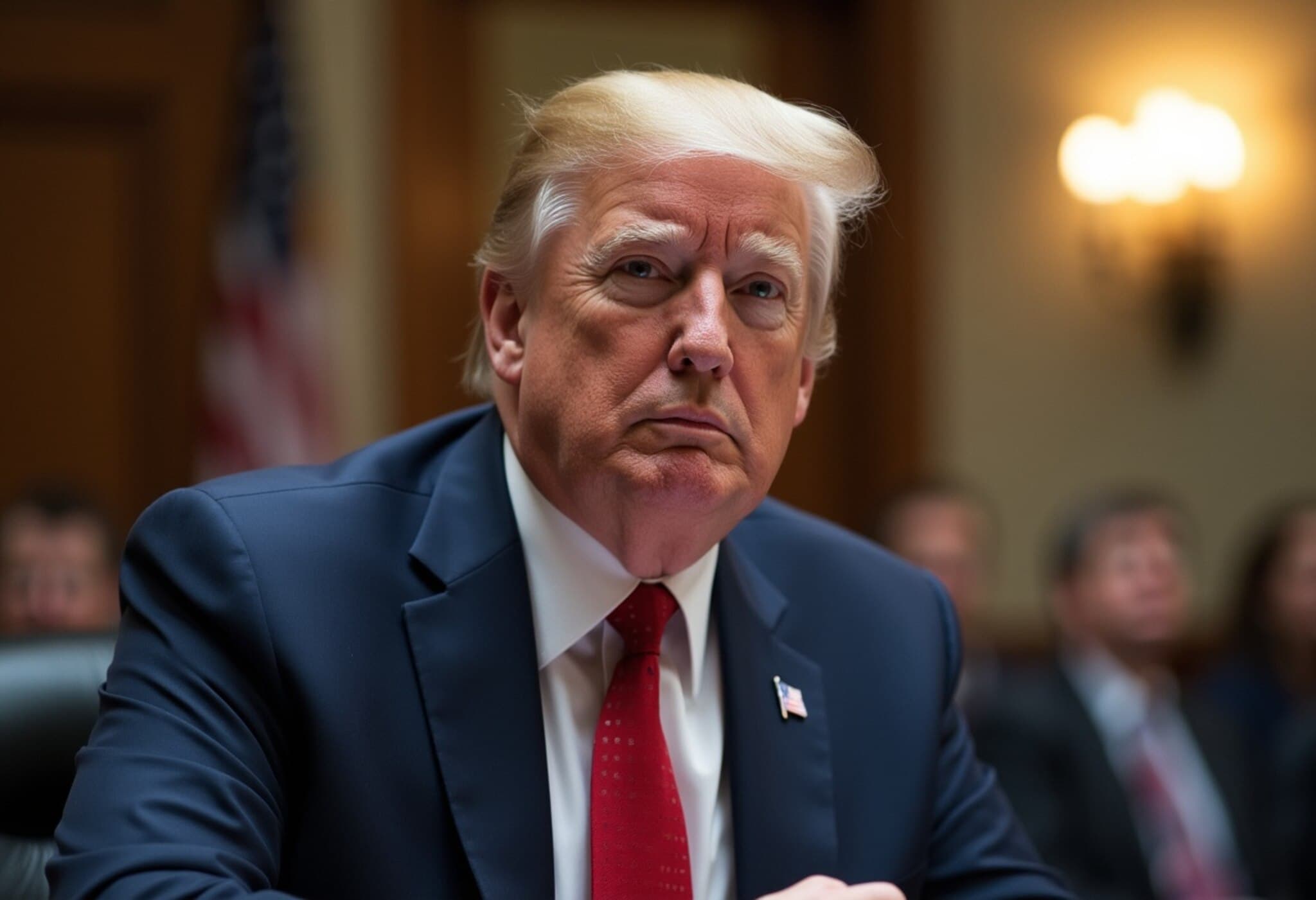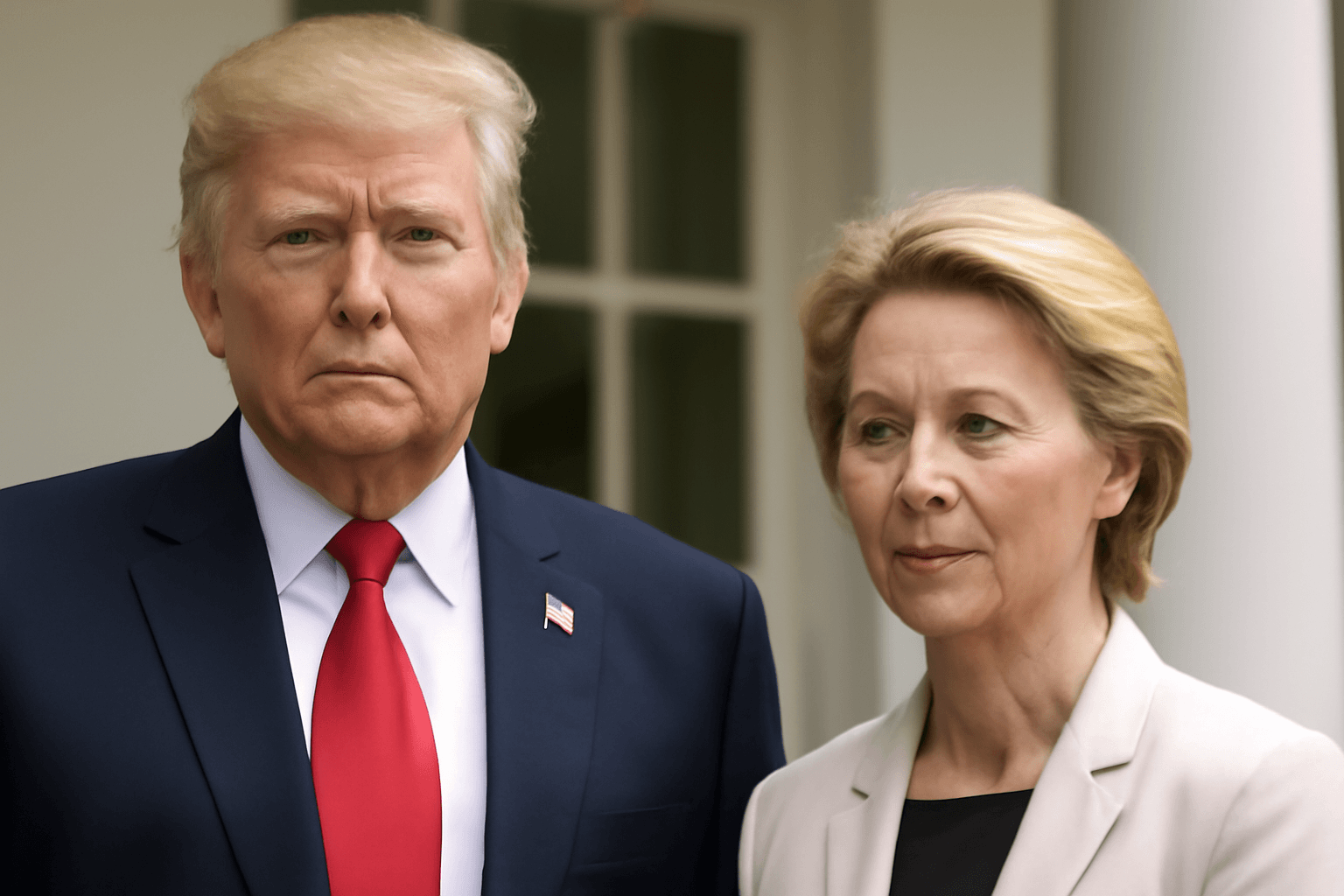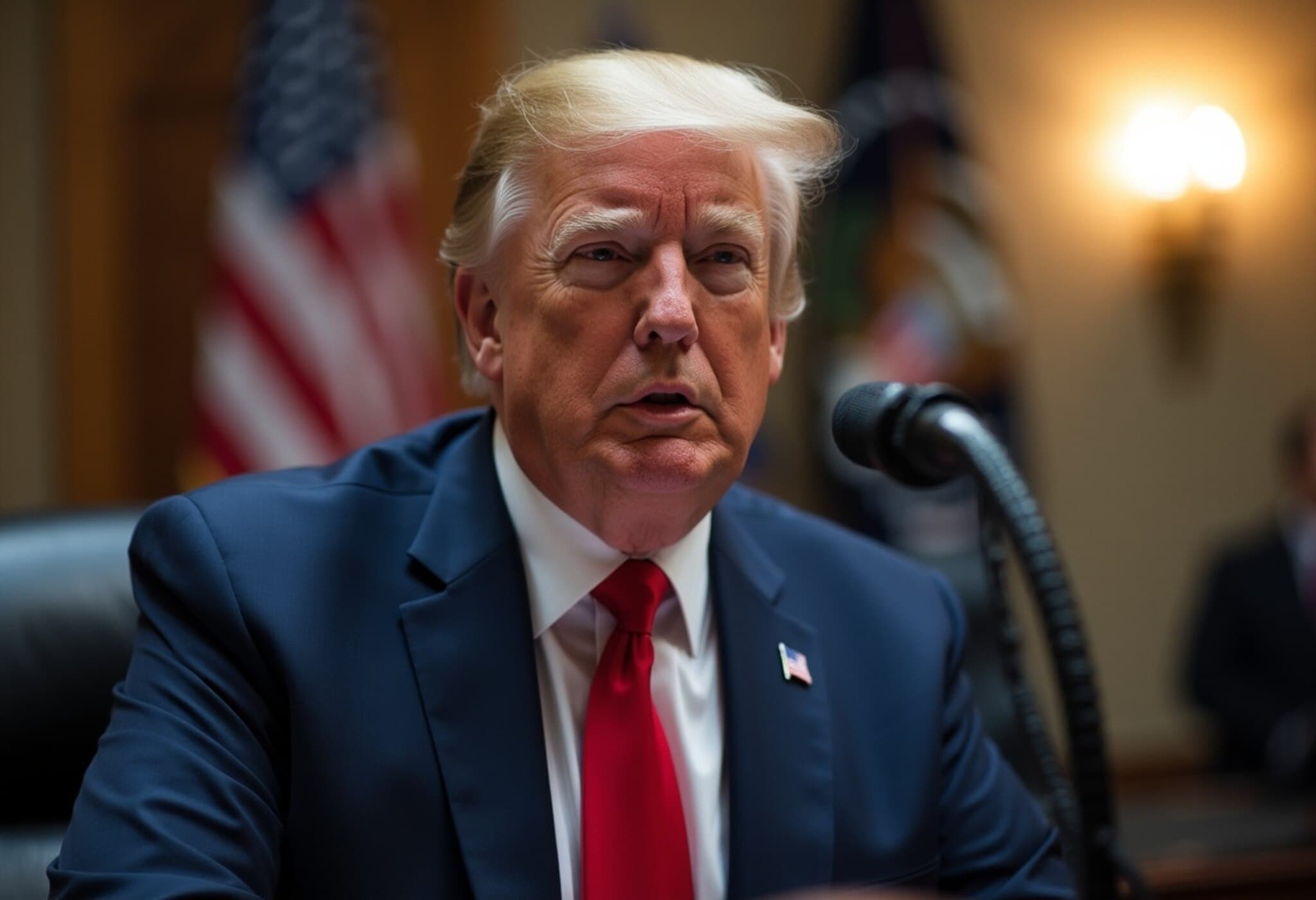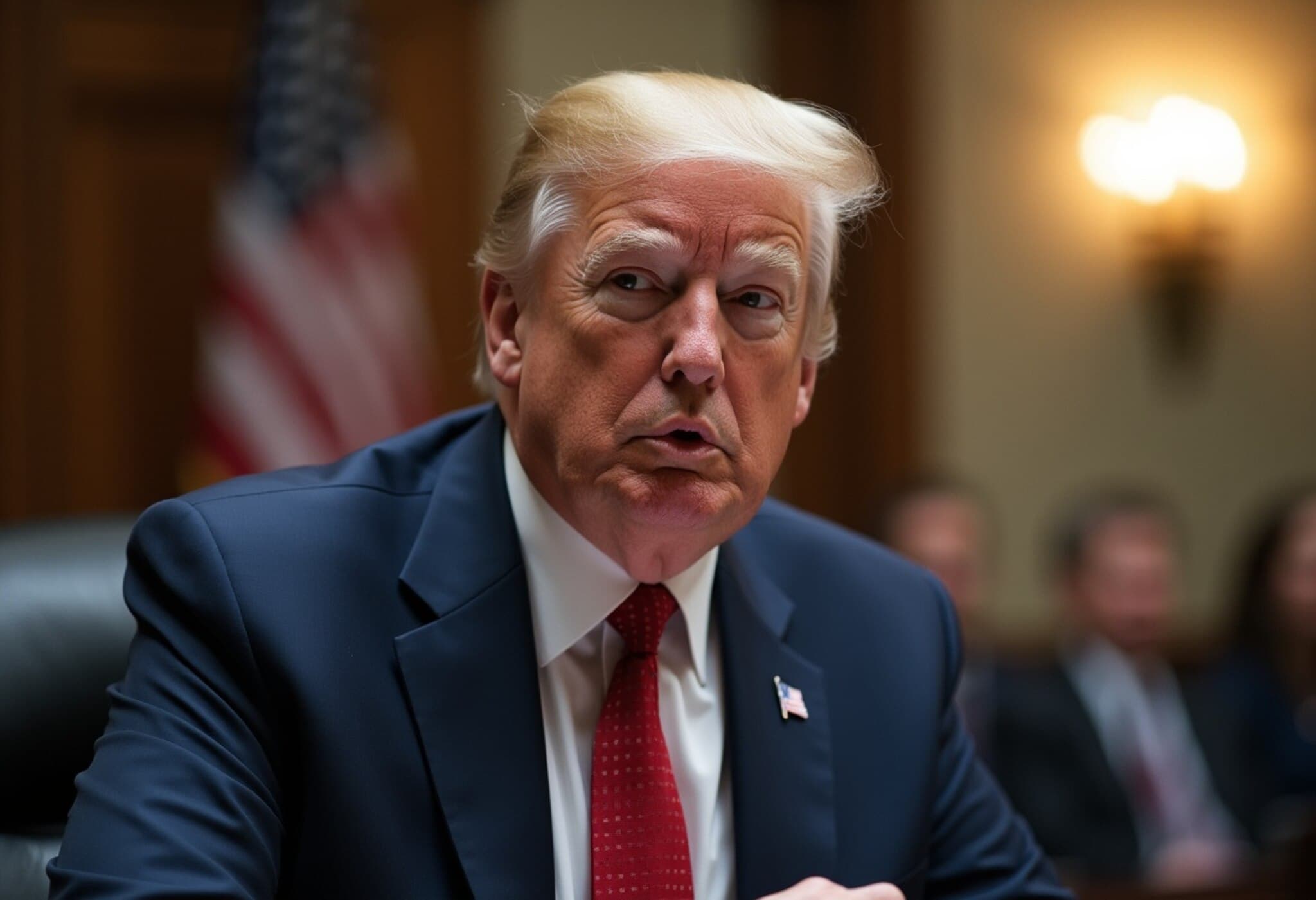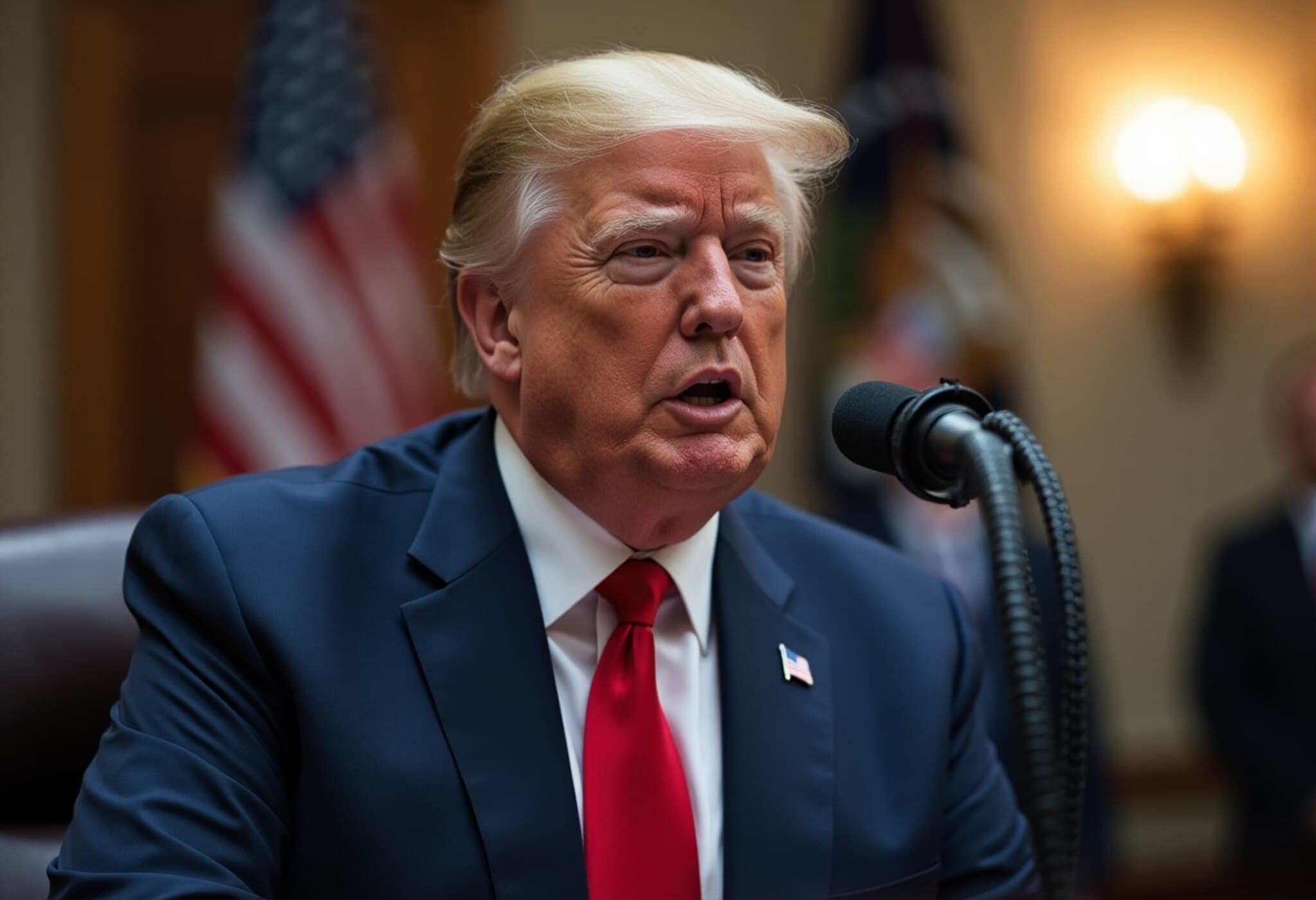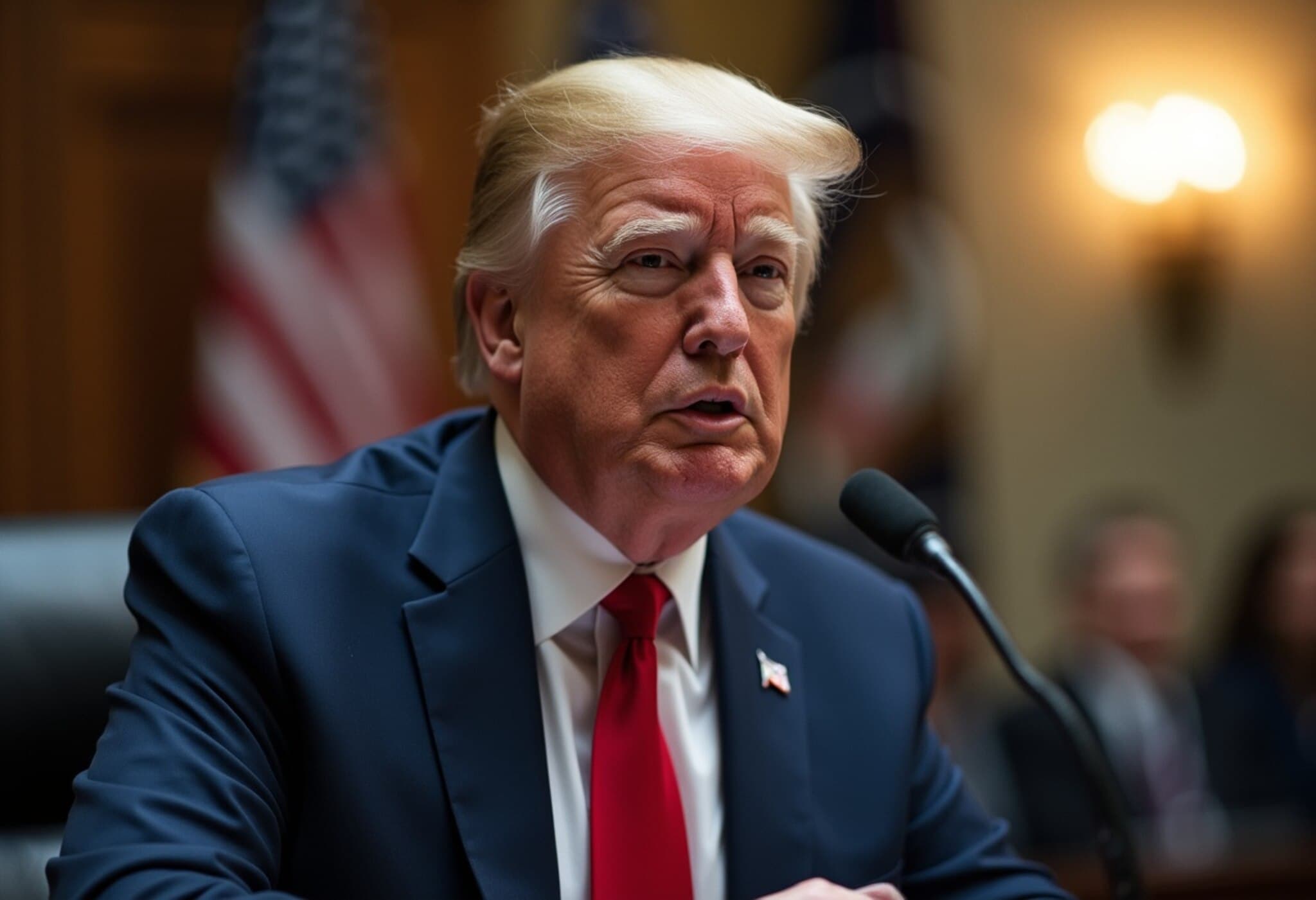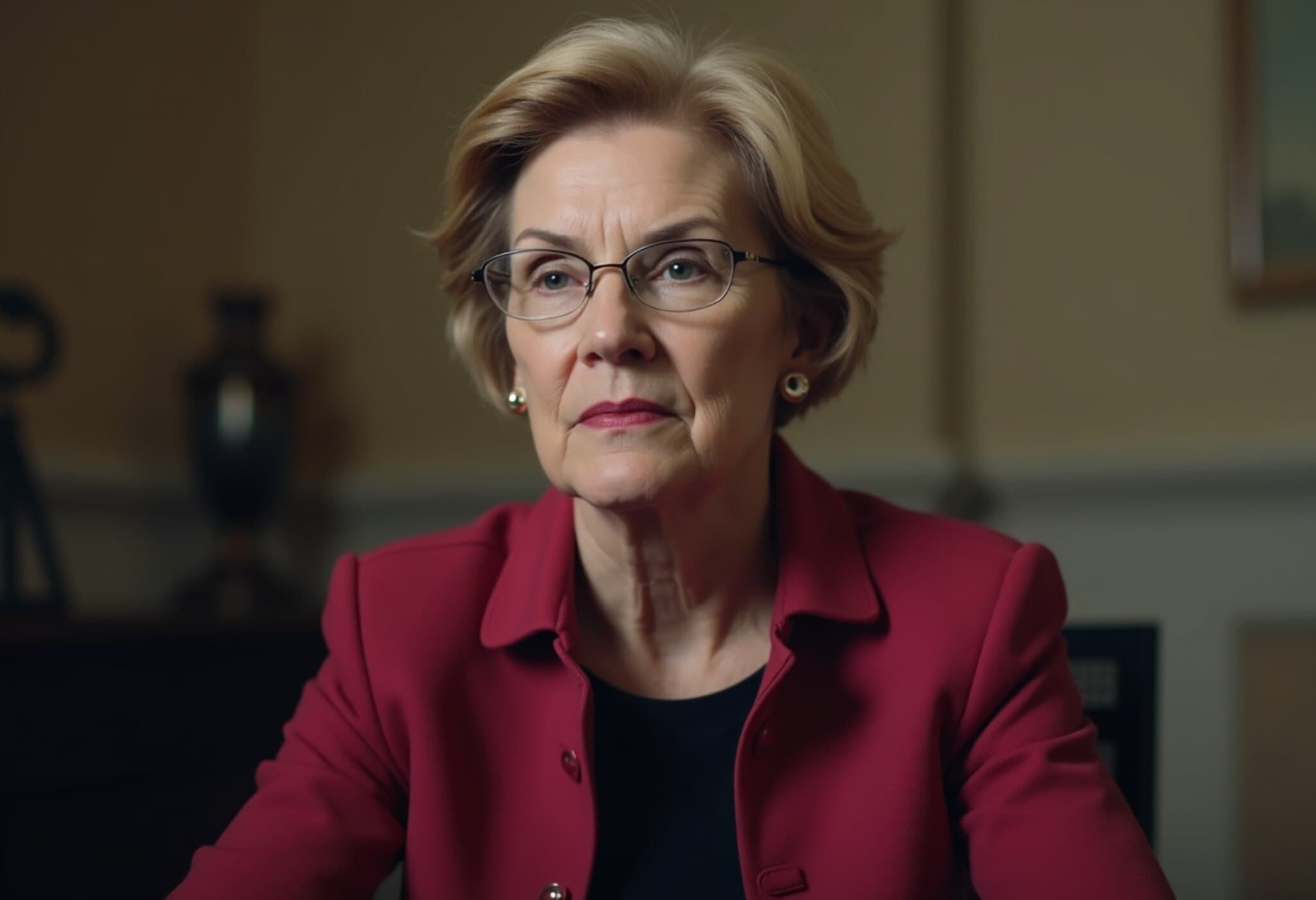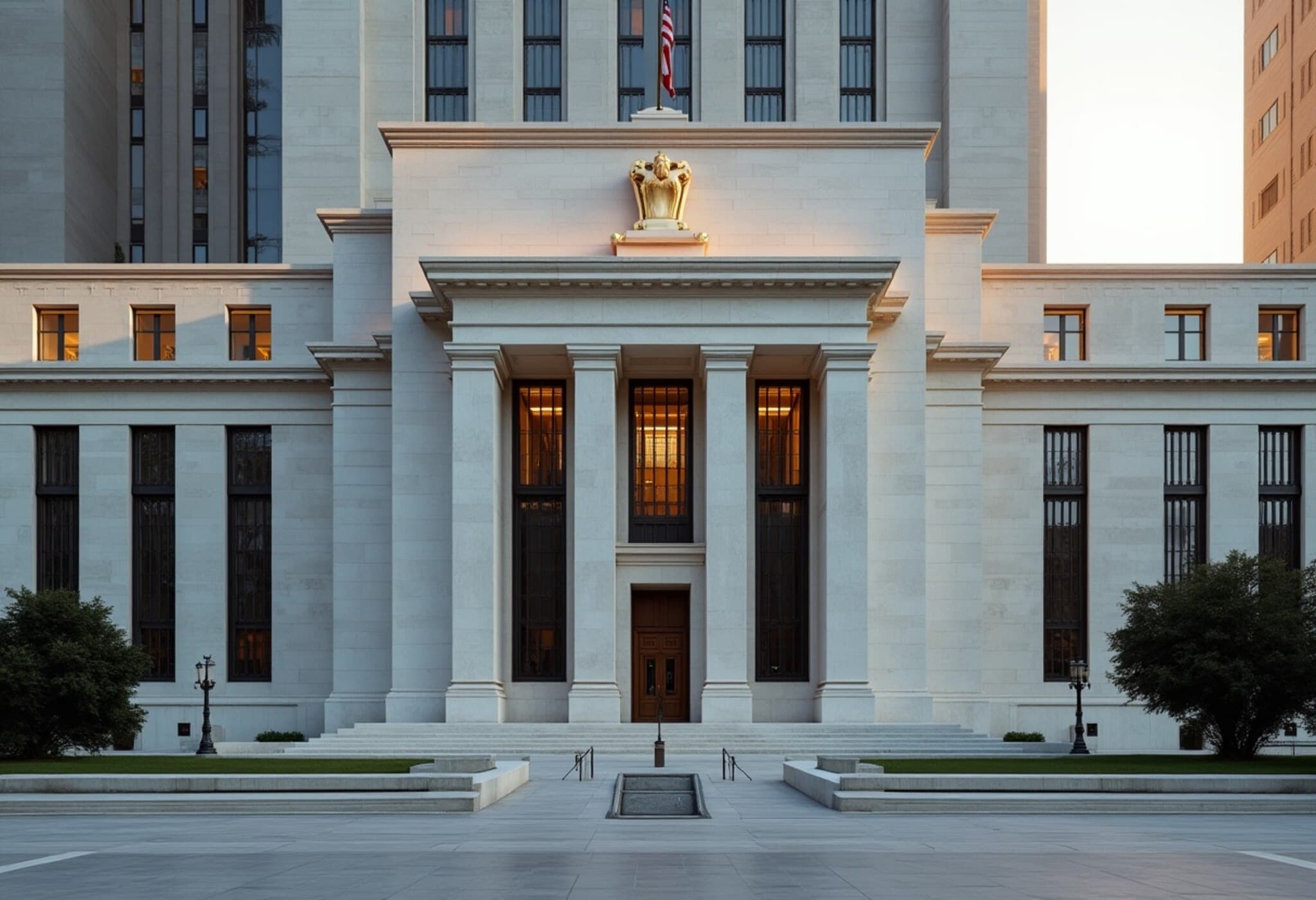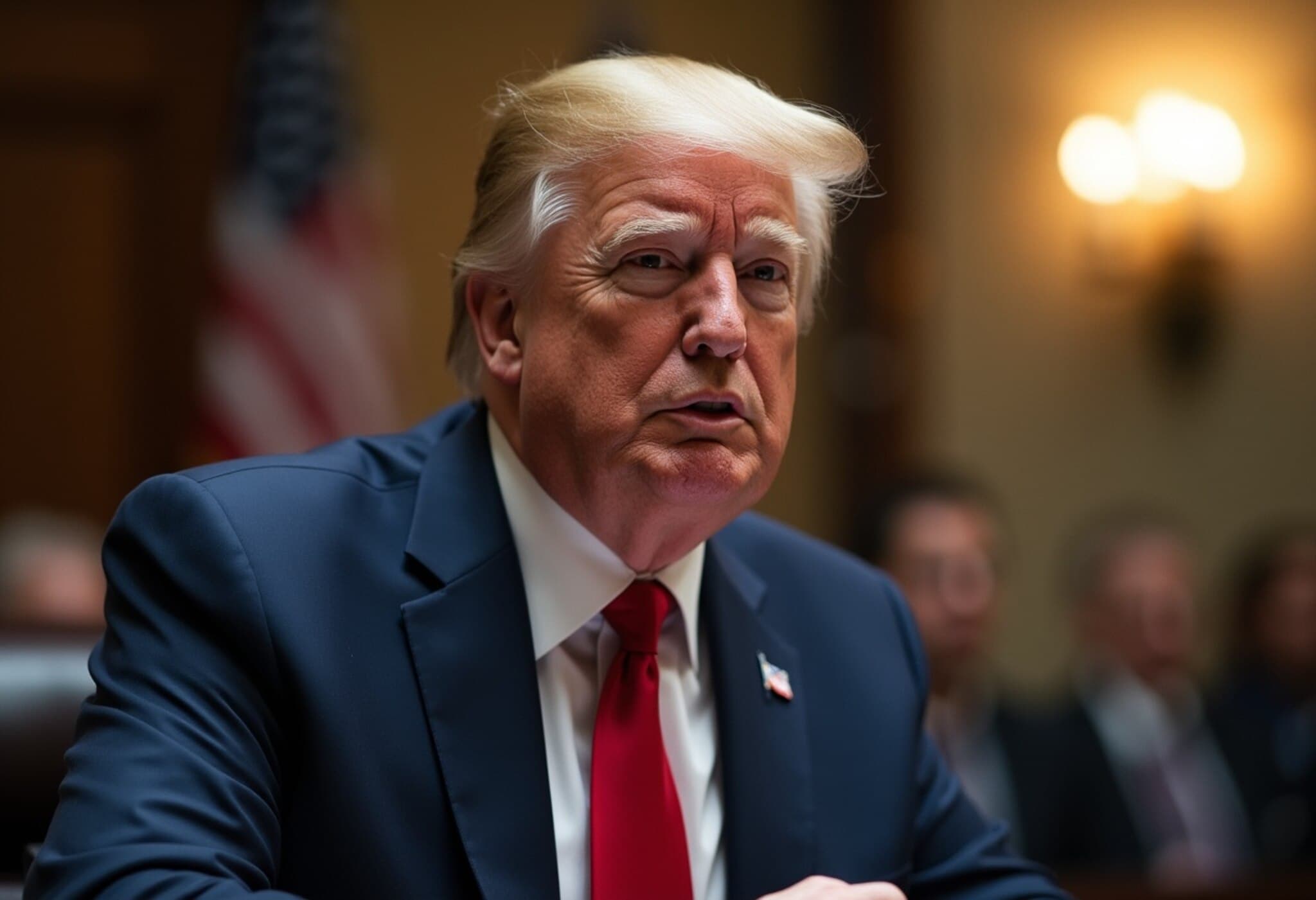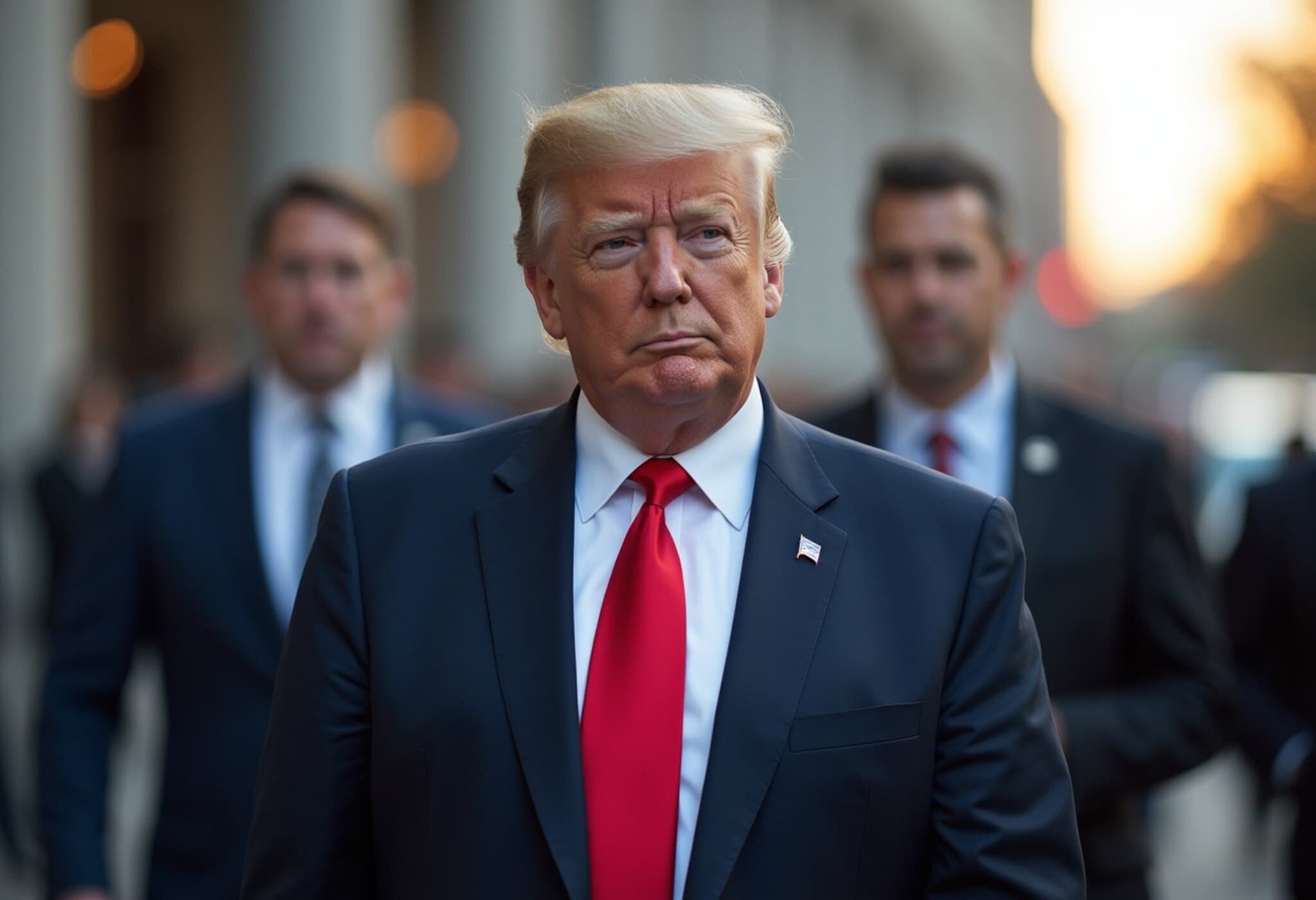Trump Selects Stephen Miran for Federal Reserve Board Seat
In a move stirring both economic and political conversations, former President Donald Trump announced on August 7, 2025, his intention to nominate Stephen Miran to the Federal Reserve Board of Governors. Miran, currently chair of the Council of Economic Advisers, would fill the vacancy left by Adriana Kugler, who stepped down last Friday. The nomination is to complete Kugler's term, expiring January 31, 2026.
A Strategic Interim Appointment Amid Broader Fed Politics
Trump's declaration came via his platform, Truth Social, where he stated that the administration continues to seek a permanent appointee for the 14-year term on the Board. This signals that Miran may serve in a transitional capacity rather than as a long-term Fed governor. "He has been with me from the beginning of my second term, and his expertise in the world of economics is unparalleled," Trump remarked, underscoring Miran's alignment with his economic policies.
Profile of Stephen Miran: Economist, Strategist, and Controversial Voice
Miran is no stranger to economic policy debates. Prior to his current role, he advised Treasury Secretary Steven Mnuchin during Trump's first term, notably helping shape the Paycheck Protection Program amid the 2020 COVID shutdown. Miran also brings experience from top financial and think tank roles — including senior strategist at Hudson Bay Capital Management and senior fellow at the Manhattan Institute.
- Critique of Fed Policies: Miran has publicly challenged the Federal Reserve's aggressive stimulus measures during the pandemic, positioning himself as an advocate for alternative economic paths.
- Mar-a-Lago Accord: He authored this provocative plan proposing dollar devaluation as a mechanism to manage the U.S. current account deficit — a policy idea that has ignited significant debate.
- Trade and Cryptocurrency Stances: A supporter of reciprocal tariffs and a vocal proponent of cryptocurrency innovation, Miran's views align closely with Trump’s economic agenda.
Potential Impact and Challenges Ahead
If confirmed, Miran will join the seven-member board responsible for shaping monetary policy and financial regulation, holding a permanent vote in decisions affecting interest rates. However, his role could extend beyond routine governance. Experts suggest Miran might act as a government-aligned counterweight to Fed Chair Jerome Powell, whose policies have drawn vocal criticism from Trump.
Powell has faced intense pressure from the former president, including calls for resignation and talks—though legally uncertain—about possible dismissal. Treasury Secretary Scott Bessent previously advocated for installing a "shadow chair" within the Fed to embody administration viewpoints and influence policy indirectly, a role Miran could symbolically fulfill.
Recent Federal Open Market Committee (FOMC) meetings highlight the current tension: at last week's session, two governors appointed by Trump, Christopher Waller and Michelle Bowman, dissented against the decision to hold interest rates steady—a rare show of discord indicating shifting dynamics within the Fed.
Senate Confirmation and Timeline
Miran's appointment is pending Senate confirmation, likely delayed until September when the Senate reconvenes. The Federal Open Market Committee’s next scheduled meeting falls on September 16–17, setting a crucial timeframe for Miran's potential influence on monetary policy decisions.
Expert Insight: The Broader Implications for U.S. Monetary Policy
From a policy analyst’s perspective, Miran's nomination reflects a broader battle over the future direction of U.S. monetary policy. His skepticism towards traditional stimulus approaches and advocacy for unconventional solutions like dollar devaluation signal a departure from establishment economic orthodoxy.
The American public and markets alike should watch closely: this appointment might herald more pronounced political pulls on the Fed's independence, raising critical questions about how central banks balance economic expertise against political agendas. Miran's financial industry experience and trade policy views suggest potential shifts in how the Fed addresses inflation, employment, and international economic engagement.
Moreover, his appointment could inject new energy into the debate over financial regulation and digital currency innovation, a fast-evolving sector where policy remains nascent.
Looking Ahead: What This Means for the Fed and the Economy
As the U.S. economy grapples with inflationary pressures, geopolitical uncertainties, and technological disruption, the Federal Reserve’s leadership plays a pivotal role in steering policy. Miran’s presence will likely add a distinctive perspective to the Board’s deliberations, possibly intensifying the ongoing conversation around interest rates and regulatory frameworks.
Whether Miran's tenure as an interim governor will lead to tangible policy shifts remains uncertain, but it undeniably marks another chapter in the complicated relationship between the White House and the central bank.
Summary Box: Key Takeaways
- Stephen Miran nominated to complete Fed governor term, bringing critical views on stimulus and dollar valuation.
- Political Stakes High: His appointment may challenge Chair Powell and signal a push for lower rates favored by Trump.
- Senate confirmation expected post-September recess, aligning with key Fed policy meetings.
- Broader questions: How will central bank independence hold against political pressures? What are the implications for U.S. economic stability?
Editor’s Note
Stephen Miran’s nomination underscores the increasing politicization of monetary policy in the United States, a trend with profound economic and institutional implications. As the Fed sits at the crossroads of inflation control and economic growth, the nomination invites us to consider how much sway political administrations should have over ostensibly independent financial institutions. Readers should watch for Senate proceedings this fall, as debates around Miran’s confirmation will illuminate bigger questions about the future of U.S. economic governance.

